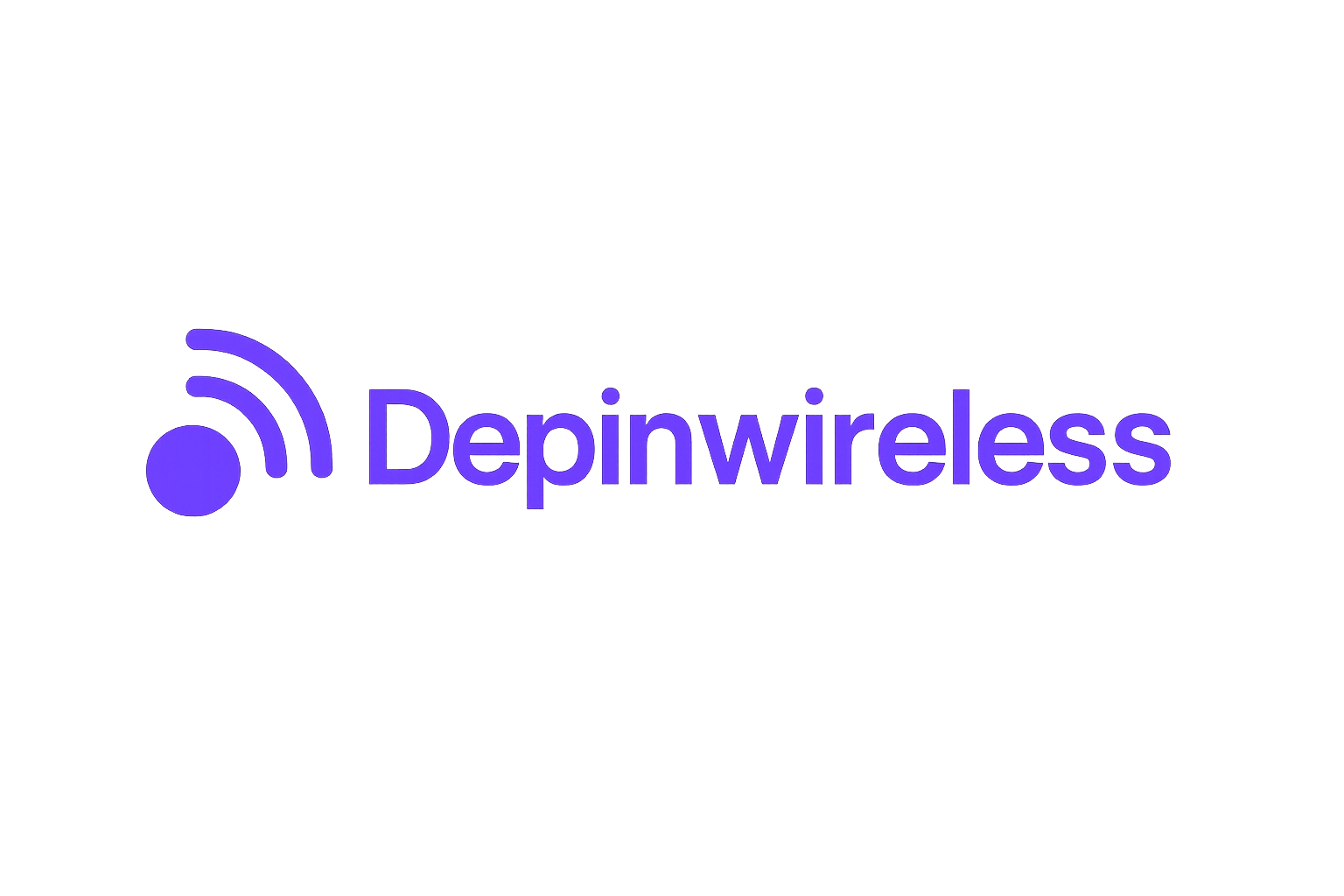
Bittensor ($TAO) has emerged as the leading decentralized AI network, catalyzing a new era of permissionless machine learning and collaborative model development on Web3. With a current price of $314.21 and a market cap exceeding $5 billion, Bittensor is not only drawing attention for its technical innovations but also for its rapidly evolving ecosystem of miners, stakers, and institutional players. In 2025, the project’s momentum is underscored by the launch of the Dynamic TAO (dTAO) upgrade, expanded institutional adoption, and a robust tokenomics framework designed to reward meaningful AI contributions while ensuring scarcity.
Decentralized AI Mining: The Bittensor Paradigm
Unlike traditional blockchain mining, where computational power is expended on cryptographic puzzles, Bittensor’s mining process rewards participants for providing valuable machine learning outputs to the network. Contributors, known as neurons, compete and collaborate within specialized subnets to generate high-quality AI responses, models, or data transformations. The protocol then algorithmically assesses these outputs through peer evaluation and allocates TAO rewards accordingly. This mechanism transforms network activity into a dynamic marketplace for intelligence rather than mere hashpower.
The recent surge in engagement mining tools like NuanceSubnet and Inspectxyz further democratizes access to TAO rewards. For example, users can now earn $TAO simply by posting about decentralized AI topics or completing microtasks that support subnet growth, no GPU clusters required. This broadens participation beyond traditional miners or data scientists and aligns economic incentives with genuine Web3 engagement.
The Dynamic TAO (dTAO) Upgrade: Accelerating Decentralization
One of the most significant milestones in Bittensor’s evolution arrived in February 2025 with the rollout of dTAO. This upgrade directly addressed two persistent challenges: centralization risk among root subnet validators and scalability bottlenecks limiting subnet expansion. dTAO introduced alpha tokens for each subnet, essentially creating mini-economies where participants can stake directly into specific areas of the network they believe will generate value.
Crucially, TAO emissions are now distributed based on market-driven demand for these alpha tokens rather than being dictated solely by top-level validators. As a result, subnets can proliferate organically according to user interest and utility; indeed, the number of active subnets soared from 65 to 113 within just 14 weeks following dTAO’s implementation. This modularity not only supports rapid innovation but also ensures that no single entity can dominate network governance or reward flows.
Institutional Capital Flows and Infrastructure Expansion
Bittensor’s open architecture has attracted significant institutional capital in 2025. Digital Currency Group (DCG), one of crypto’s largest holding companies, launched Yuma, a dedicated subsidiary focused on incubating new subnets and operating validators at scale. DCG alone controls over 500,000 TAO (more than 2.4% of total supply), valued at roughly $175,200 million at current prices.
Other major entities such as Polychain Capital (~$200M in TAO) and dao5 (~$50M) have further cemented institutional confidence in Bittensor’s long-term potential as a Web3 infrastructure primitive for decentralized AI services. On the custodial side, BitGo added qualified custody support for TAO earlier this year, enabling compliant staking solutions for funds and family offices seeking exposure to this emerging asset class.
Bittensor (TAO) Price Prediction 2026–2031
Professional Forecast Scenarios Incorporating Halving, Institutional Adoption, and Web3 AI Mining Trends
| Year | Minimum Price | Average Price | Maximum Price | Potential % Change (Avg vs. 2025) | Market Scenario Insights |
|---|---|---|---|---|---|
| 2026 | $240.00 | $355.00 | $540.00 | +13% | Post-halving volatility; increased scarcity but possible short-term miner selling. Institutional support cushions downside. |
| 2027 | $290.00 | $420.00 | $680.00 | +33% | Network matures, new dTAO subnets drive utility. Regulatory clarity in key markets boosts adoption. |
| 2028 | $340.00 | $500.00 | $850.00 | +59% | AI/crypto convergence accelerates. Growing enterprise use and staking. Potential for new competitors. |
| 2029 | $400.00 | $595.00 | $1,050.00 | +89% | Disinflationary tokenomics and increasing subnet activity. Bittensor seen as AI backbone for decentralized applications. |
| 2030 | $470.00 | $710.00 | $1,300.00 | +126% | Mainstream AI adoption in Web3; Bittensor secures major partnerships. Scarcity narrative intensifies. |
| 2031 | $550.00 | $830.00 | $1,600.00 | +164% | Second halving approaches, further reducing emissions. Institutional and developer ecosystem at all-time high. |
Price Prediction Summary
Bittensor (TAO) is projected to experience steady appreciation from 2026 through 2031, driven by its unique position as a decentralized AI mining protocol and increasing institutional backing. The 2025 halving, ongoing subnet expansion, and strong tokenomics provide a robust foundation. However, volatility remains due to evolving competition, security challenges, and broader crypto market cycles. The average price could rise from $355 in 2026 to $830 in 2031, with maximum scenarios exceeding $1,600 if adoption and network effects accelerate.
Key Factors Affecting Bittensor Price
- 2025 halving event reducing TAO emissions and increasing scarcity
- Dynamic TAO (dTAO) upgrade scaling subnets and attracting new participants
- Significant and increasing institutional investment (e.g., DCG, Polychain, Grayscale)
- Growing adoption of decentralized AI in Web3 and enterprise applications
- Expansion of custodial and staking infrastructure for TAO
- Security upgrades and network resilience following past attacks
- Potential regulatory developments impacting AI/blockchain projects
- Emergence of new competitors in decentralized AI mining and services
Disclaimer: Cryptocurrency price predictions are speculative and based on current market analysis.
Actual prices may vary significantly due to market volatility, regulatory changes, and other factors.
Always do your own research before making investment decisions.
Tokenomics: Scarcity Meets Utility
Bittensor’s tokenomics are engineered to balance immediate participation incentives with long-term scarcity, a delicate equilibrium critical for sustainable value accrual in both DePIN wireless networks and broader blockchain IoT-AI mining ecosystems. The total supply is capped at 21 million TAO, mirroring Bitcoin’s hard cap ethos but applied to an entirely novel use case: incentivizing distributed artificial intelligence.
Currently, daily emissions stand at 7,200 TAO, but this will halve to 3,600 TAO on December 12,2025, the first scheduled halving event designed to introduce predictable disinflationary pressure as adoption scales up. For miners and stakers alike, this approaching milestone adds urgency to accumulate positions before supply constraints intensify further.
Security is another cornerstone of Bittensor’s architecture, especially as the network matures and attracts greater value. The events of July 2024 and May 2025, namely the PyPI supply chain attack and the runaway batch call exploit, were stark reminders that decentralized AI networks are not immune to sophisticated threats. Yet, Bittensor’s swift response, including a temporary chain halt and rapid deployment of new security protocols by the Opentensor Foundation, has reinforced confidence in its resilience. These incidents catalyzed a wave of best practices across the DePIN wireless landscape, prompting subnet operators and developers to adopt more robust monitoring and fail-safe mechanisms.
Web3 Engagement Mining: Expanding Participation
Perhaps most transformative is how Bittensor bridges the gap between technical contributors and broader Web3 communities. Platforms like NuanceSubnet now enable users to mine $TAO by engaging in content creation, discussion, or curation around decentralized AI topics, no specialized hardware or deep ML expertise required. This model aligns with the ethos of permissionless innovation, allowing anyone with an internet connection to participate in, and benefit from, the growth of decentralized intelligence.
Inspectxyz extends this democratization further by gamifying microtasks tied to subnet growth and model evaluation. By lowering barriers to entry while maintaining rigorous peer assessment standards for outputs, Bittensor ensures that economic rewards flow to genuine contributors rather than pure speculators or passive holders.

Bittensor ($314.21): Anchoring Value for Decentralized Wireless AI
At a current price of $314.21, TAO is establishing itself as a bellwether asset for decentralized AI infrastructure within Web3 and DePIN wireless networks. The token’s performance reflects both speculative enthusiasm and fundamental demand for staking, governance, and subnet participation. As we approach the December 2025 halving event, when daily emissions will drop from 7,200 to 3,600 TAO, the interplay between scarcity-driven narratives and real utility will become even more pronounced.
This dynamic is particularly relevant for DePIN wireless projects seeking scalable on-chain intelligence without centralized choke points. By leveraging Bittensor’s permissionless model marketplace, IoT networks can tap into distributed machine learning resources on demand, whether optimizing device connectivity at the edge or powering next-gen autonomous systems.
What’s Next: The Road Ahead for Decentralized AI Mining
The next twelve months will be pivotal as Bittensor navigates its first emission halving while scaling up both technical capacity and community engagement tools. Key trends to watch include:
- Expansion of Subnets: With dTAO accelerating subnet launches (from 65 to 113 in just over three months), expect further specialization targeting verticals like DePIN wireless, blockchain IoT-AI mining, natural language processing, and privacy-preserving ML.
- Institutional Entrenchment: As regulated custodians like BitGo onboard more clients and products like Grayscale’s TAO Trust gain traction, institutional capital flows are likely to deepen liquidity while raising governance stakes.
- Security Innovation: Continued investment in threat detection systems and open-source auditability will be critical as adversarial incentives rise alongside network value.
Bittensor’s blend of modularity (via dTAO), compelling tokenomics (with predictable halving cycles), expanding engagement mining options (NuanceSubnet/Inspectxyz), and proactive security posture position it at the frontier of decentralized AI mining in Web3 networks. For investors tracking DePIN wireless trends or seeking exposure to blockchain-powered AI infrastructure at scale, TAO remains a project worth close scrutiny as we close out 2025.




